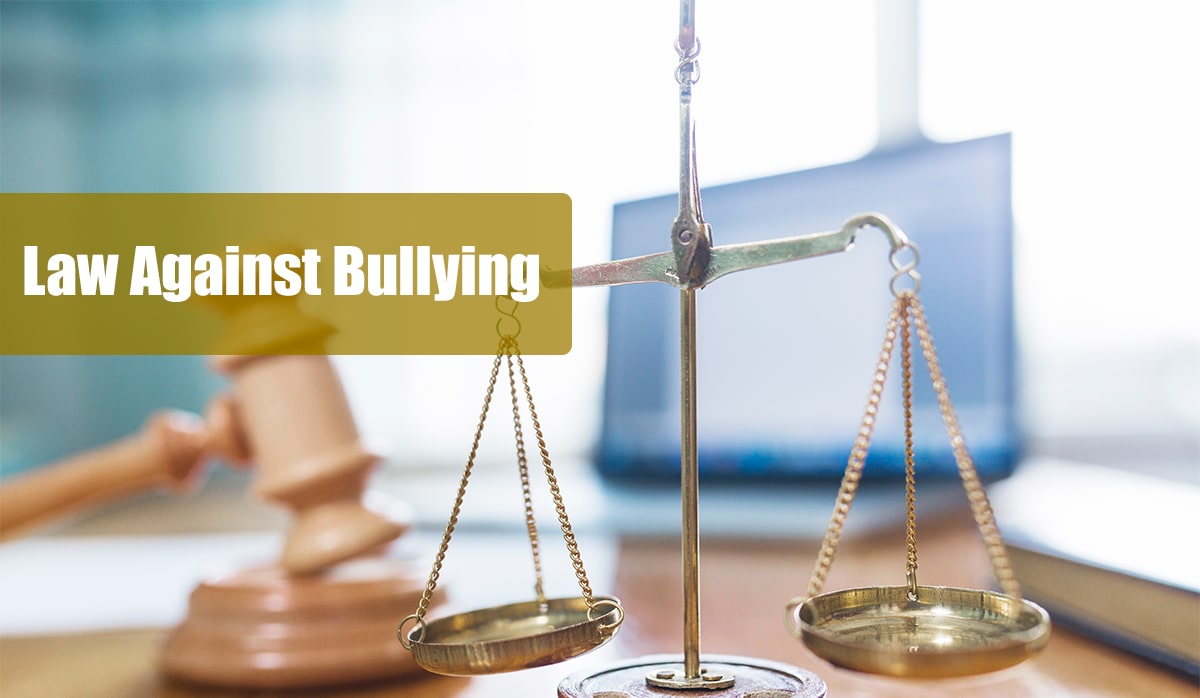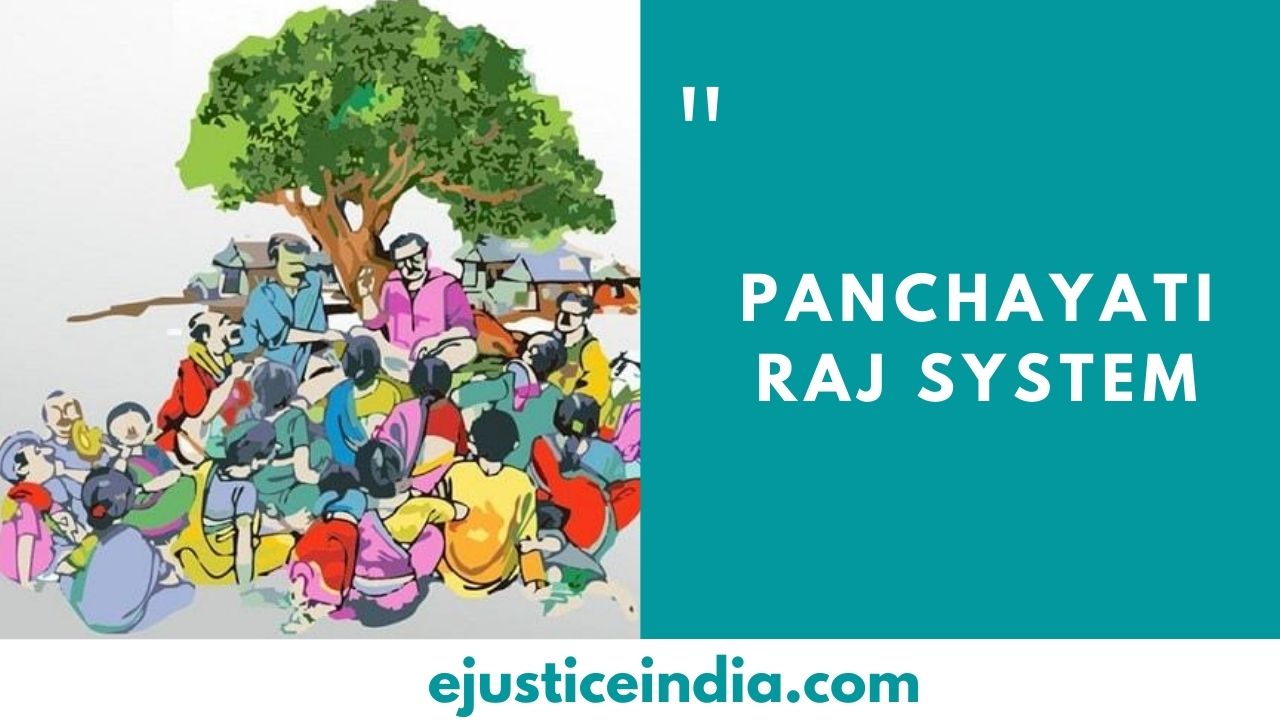How to File PIL (Public Interest Litigation) ?
Author: Antara Kolay
Public Interest Litigation
PIL or Public Interest Litigation, is a petition filed in court for the protection of interest of the public. The concept of Public Interest Litigation has been borrowed from the American Jurisprudence, where it was devised to It is not necessary for the victim to personally approach the court. Before 1980s only the aggrieved party or the affected party could demand justice before the court of law. But after 1980s, PIL set off to become a relaxation to the traditional rule of locus standi. Justice V.R Krishna Iyer made the first move in the landmark case of Mumbai Kamgar Sabha vs M/s Abdulbhai Faizullabhai.
Any individual or organization, on behalf of victim or a group of victims, can file for PIL in the court of law. It not only provides legal representation to the previously unrepresented groups like the poor, minorities, tribal people, backward class etc., but also makes way for the reality to come to light and reveal the antecedents of our society. People who don’t get access to legal help easily or don’t have necessary resources to initiate litigation, can have access to justice easily because of the PIL.
There is no specific definition provided in any statute or law. According to Black’s law dictionary, “Public Interest Litigation means a legal action initiated in a court of law for the enforcement of public interest or general interest in which the public or class of the community have pecuniary interest or some interest by which their legal rights or liabilities are affected.”
It has been given shape by the interpretation of courts on various matters to consider the interests of the public. The power of PIL is proffered to the public through judicial activism. To file a petition, one must satisfy the court that the petition being filed is in the interest of the public, and not just a superficial litigation. The court can itself take cognizance of the matter Suo moto or commence upon petition filed by any individual.
The matters which are entertained as Public Interest Litigation are as follows-
- Bonded labor matters
- Neglected children
- Nonpayment of minimum wage workers, exploitation of casual workers or violation of labor laws
- Harassment by police or death in police custody
- Atrocities on women
- Petitions from riot victims
- Harassment or torture of scheduled tribes, scheduled castes or backward class
- Environmental pollution, ecological disturbance or forest and wildlife, drugs, food adulteration
- Maintenance of heritage and culture, antiques or any other matter of public importance
These guidelines were laid down by the Supreme court in the case State of Uttaranchal vs Balwant Singh Chaufal & Ors.
Leading Cases
- Hussainara Khatoon vs State of Bihar – This 1979 judgement focused on the mending the ways of the inhuman treatment of prisoners and under trial prisoners, as many prisoners in Bihar were kept in detention exceeding their actual time period. This case may also be regarded as the first PIL case in India. The decision of the court not only made the right to speedy trial the fundamental priority of any case, but also gave order to release 40,000 undertrial prisoners.
- S.P. Gupta vs Union of India – In this case, it was held that, under Article 226 “any member of the public or social group acting bonafide” can call on for writ jurisdiction of the High court or under Article 32, seek redressal against violation of legal or constitutional rights who cannot approach court due to some disability. This judgment also made PIL a mighty weapon foe enforcement of public duties. Consequently, any person or group of persons can move to the apex court to seek legal remedies in cases where the interests of public are vulnerable.
- M.C Mehta vs Union of India – One of the prominent cases of the lawyer Mr. M.C Mehta, who has single handedly fought successfully 40 cases against environmental offenders in Supreme Court. In this case, the court held Kanpur Nagar Mahapalika responsible for the water pollution in the river Ganges. Also, although any person approaching the court personally, the court in furtherance of public interest, may treat it as a litigation in the interest of the public.
- Citizen for Democracy vs State of Assam – In this case, the Supreme Court held that handcuffs can’t be forced upon any prisoner or inmate and issued directions of escorting while handcuffing an inmate.
How to file Public Interest Litigation (PIL)?
In the Indian Constitution, Article 226 and Article 32 provide for filing of PIL in High Court or Supreme Court respectively. A public interest litigation can be filed by any individual or any organization in the court of law. The purpose of a PIL should be in the interest of the public as a whole. The procedure of filing PIL is more relaxed and brief than any other ordinary petition. Even a letter, email, postcard, newspaper report or any other electronic means, addressed to the Chief Justice of India can be treated as PIL.
- To file a PIL, one must ensure that the matter to be presented must be a legal wrong against an individual or a group of individuals. One may consult a lawyer to understand the proceeding and to be guided for drafting.
- A PIL is filed in the same manner as a writ petition in High court under Article 32. If a PIL is filed in High Court than two copies of the petition are required, and if filed in Supreme Court, than five i.e. 4+1, copies are required. Also, a copy of the petition should be delivered to the respondent/ the opposite party, and a copy of proof of posting to be attested with the petition submitted to court.
- It is advisable to keep a collection of documents required for example, photographs with affidavit of the photographer, proof of residence, identity proof, bills and copies of petition etc.
- The matter and the prayer should be clearly mentioned in the petition including the facts which arises the violation of fundamental rights.
- The court fees in filing a PIL is much less than in any other court cases. For every respondent a court fee of Rs. 50 has to be mentioned in the petition.
Before filing a petition, one must ensure that the matter for which PIL is to be filed, was made to be inquired upon by the appropriate authorities first giving them sufficient time to act and the petitioner was not satisfied by their respond.
A PIL can be filed against the Central Government, state government or municipal corporation or any other authority coming within the ambit of the definition of “state” as given under Article 12 of the Indian Constitution. If a person filing for PIL, who is not an affected party should have knowledge of the subject matter so that the court becomes aware of the issue and take its stand against such injustice.
Conclusion
Public Interest Litigation is a flexible procedure established by the apex court so that even the people in remote areas can get benefit out of it and call for justice. Many cases have come before the court of law in demand of justice which have been entertained by the court and have delivered judgements to resolve the issues. The contribution made by PILs is way bound for the disadvantaged people as there are many people or communities which do not even have knowledge about this convenience. PIL also helps in spreading social awareness about human rights in these areas where delivery of justice seems impossible. Last but not the least, PIL keeps the government accountable and makes the marginalized sections of the society to participate in the government decision making.
[1]Standing required in law
[2] Mumbai Kangar Sabha vs M/s Abdulbhai Faizullabhai & others [1976 (3) SCC 832]
[3] Action taken by court without any requests from the parties involved
[4] (2010) 3 SCC 402
[5] Hussainara Khatoon & Ors vs Home Secretary, State of Bihar 1979 AIR 1360, 1979 SCR (3) 169
[6] S.P. Gupta vs President of India & Ors AIR 1982 SC 149, 1981 Supp (1) SCC 87, 1982 2 SCR 365
[7] Indian Constitution Article 226
[8] The Indian Constitution Article 32
[9] M.C Mehta vs Union of India & Ors (1987) 4 S.C.C. 463
[10] Citizen for Democracy vs State of Assam & Ors 1995 (3) SCR 943, (1995) 3SCC 743
[11] “In this part, unless the context otherwise requires, “the State” includes the Government and Parliament of India and the Government and the Legislature of each of the States and all local or other authorities within the territory of India or under the control of the Government of India.”


